We did a four-mile hike at Little River State Park in Waterbury, Vt., which featured the remains of an 1800s farming community. For the most part, all that was left of the town were cellars, stone walls, and small graveyards, but it was interesting to see how that there was once a thriving community where now there is mostly nature. The park had signboards throughout, many with pictures of what had been before.
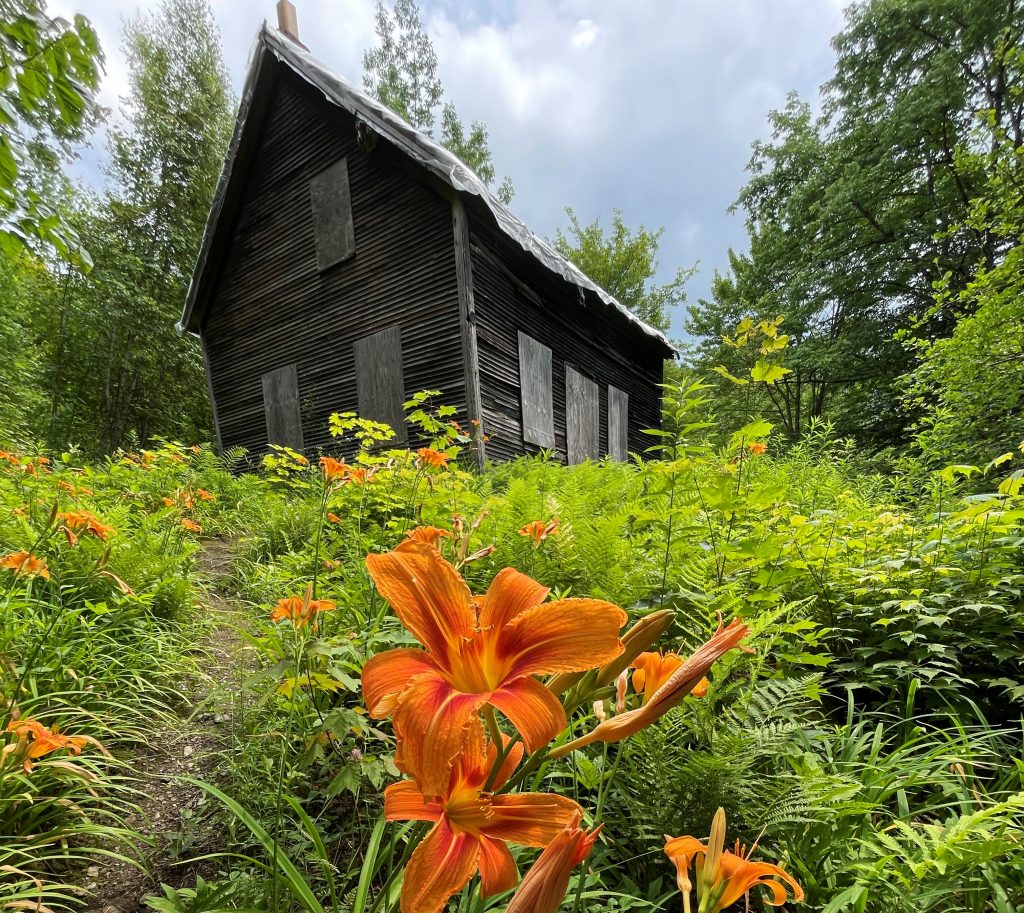
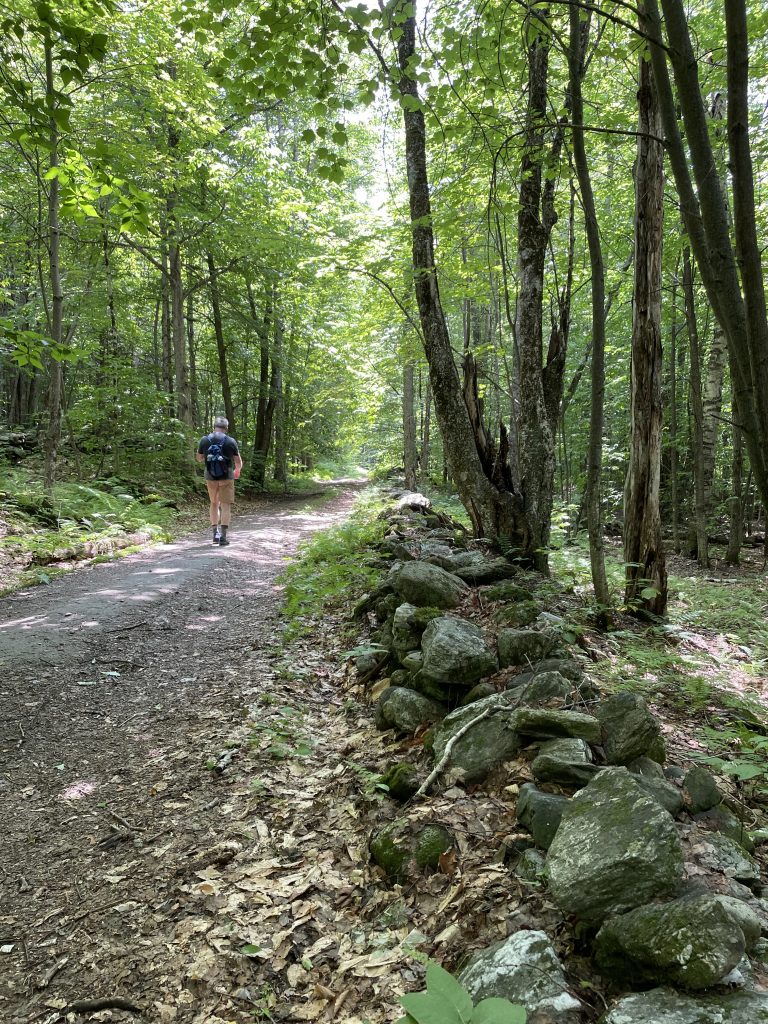

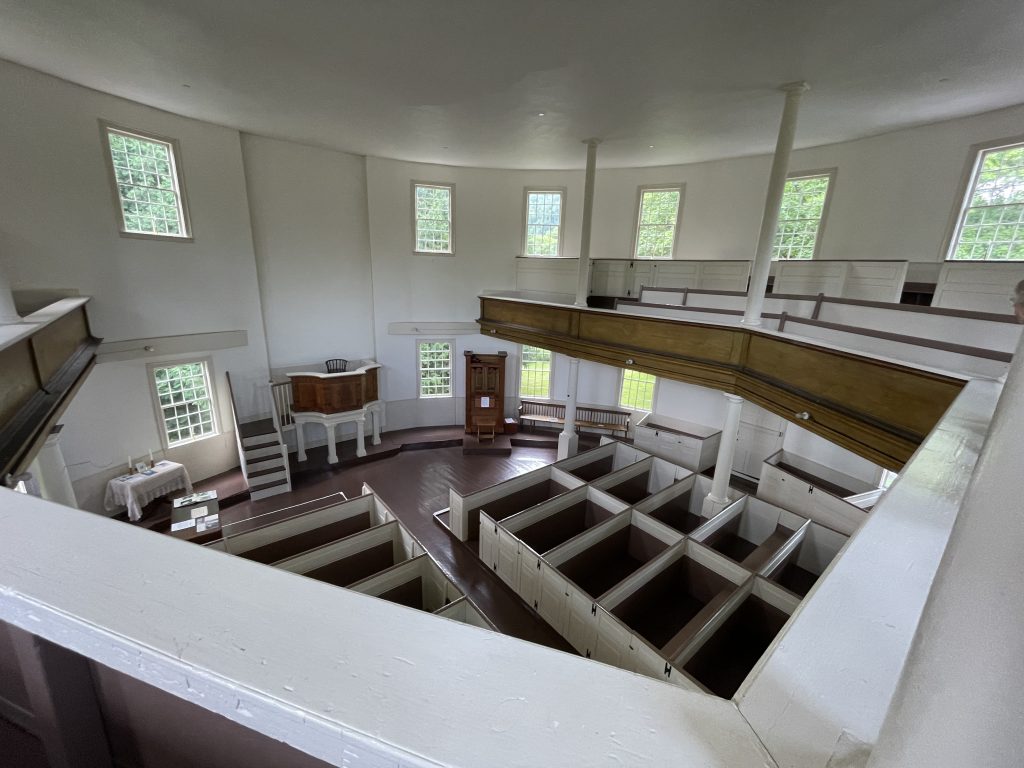
We were given a quick tour of the Old Round Church of Richmond, Vt. It was built in 1812-1814 and has 16 sides on the outside, but 32 sides on the inside! The building served as a meeting house for five Protestant congregations, as well as a meeting place for the town. Structural issues forced its closure in 1973, but renovations were made, and it is once again being used for town functions, as well as for weddings and as a tourist site.
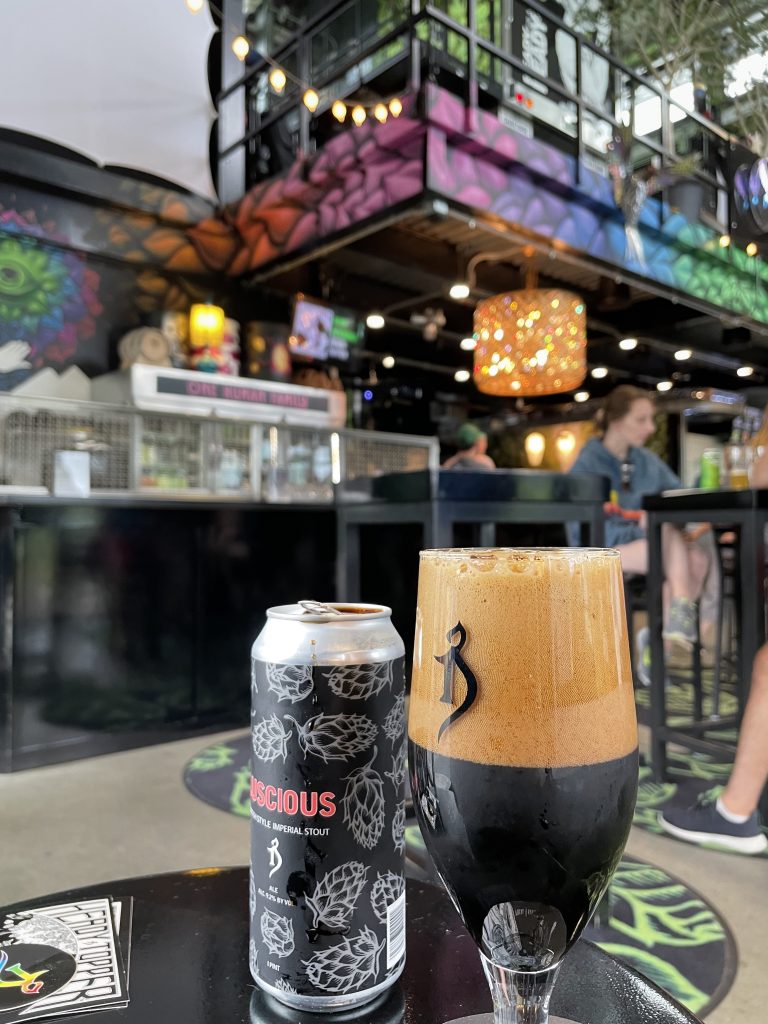
Doug requested a tour of the famed Alchemist Brewery in Stowe, Vt., home of the renowned Heady Topper double IPA beer. When we visited Vermont many years ago, Alchemist didn’t have a tap room but we were having lunch in another brewery in town when Doug learned that the package store across the street had just received their weekly delivery of Heady Topper. Since the beer was so sought after and sales so limited, he made us each go in separately to score some for friends back home. Nowadays the brewery is a large facility with a tasting room and regular tours. I have drawn a line in the sand on more brewery tours for myself, so poor Doug had to do it solo. The tour included beer so at least Doug was fortified for the ordeal.
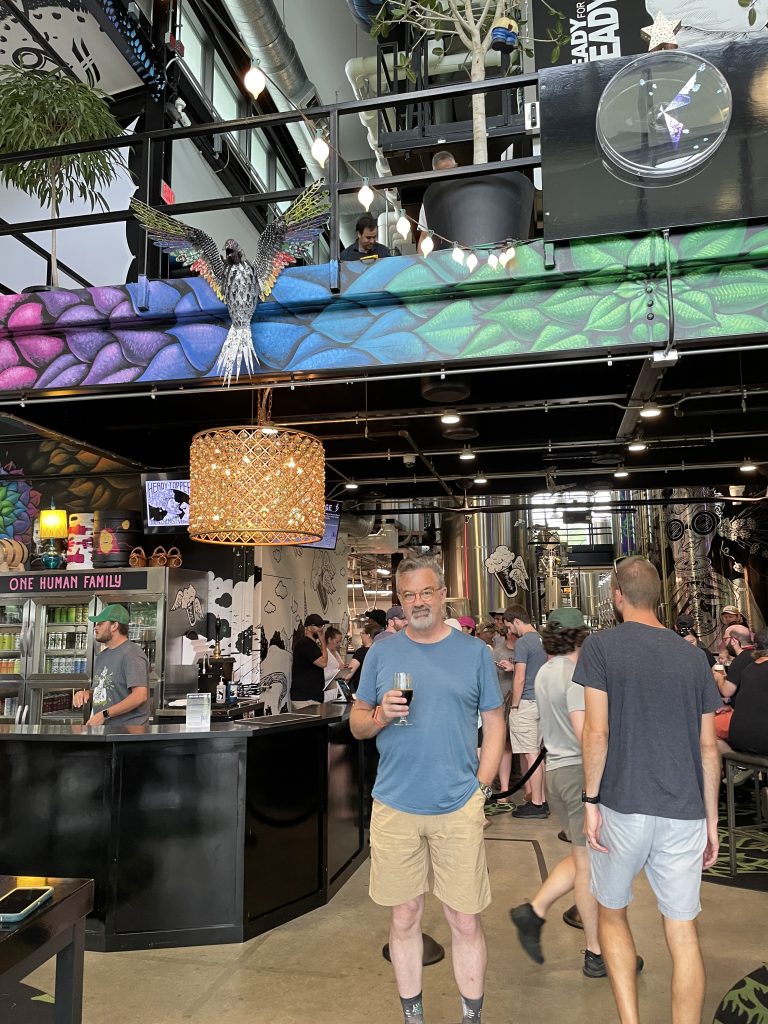
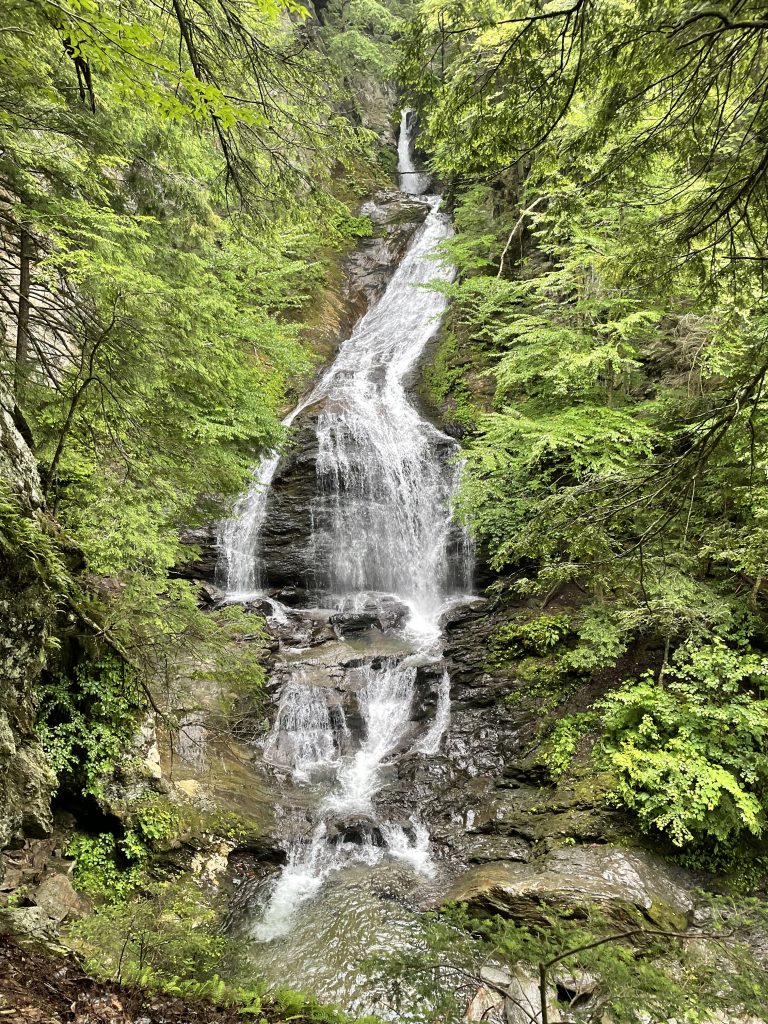
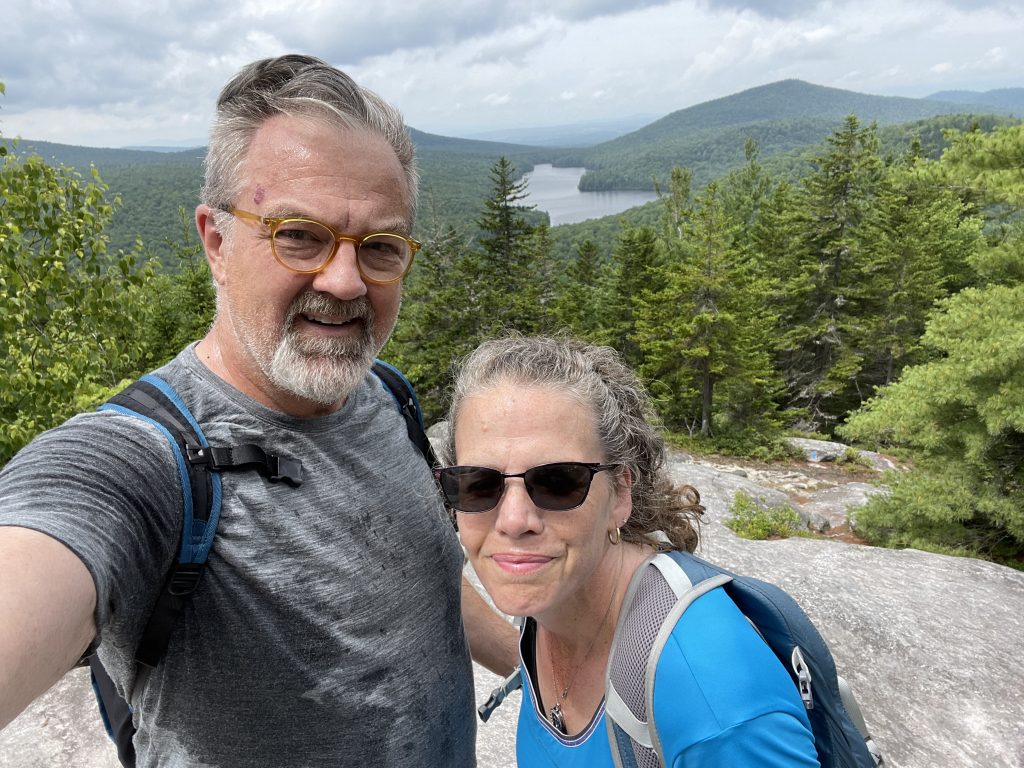
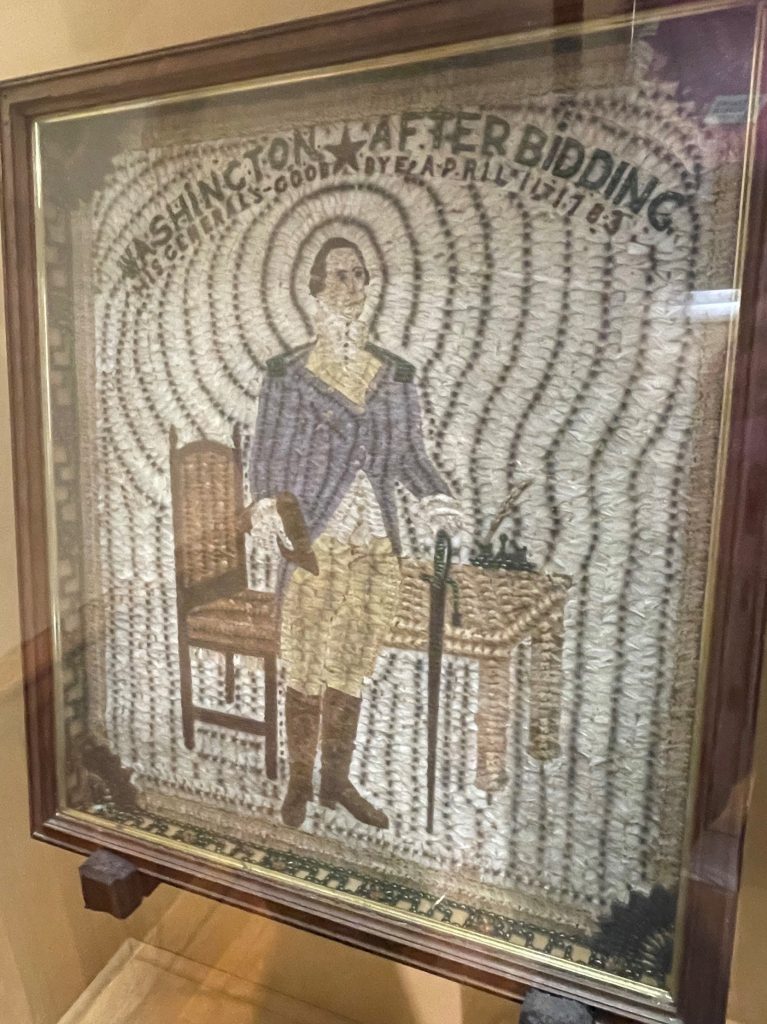
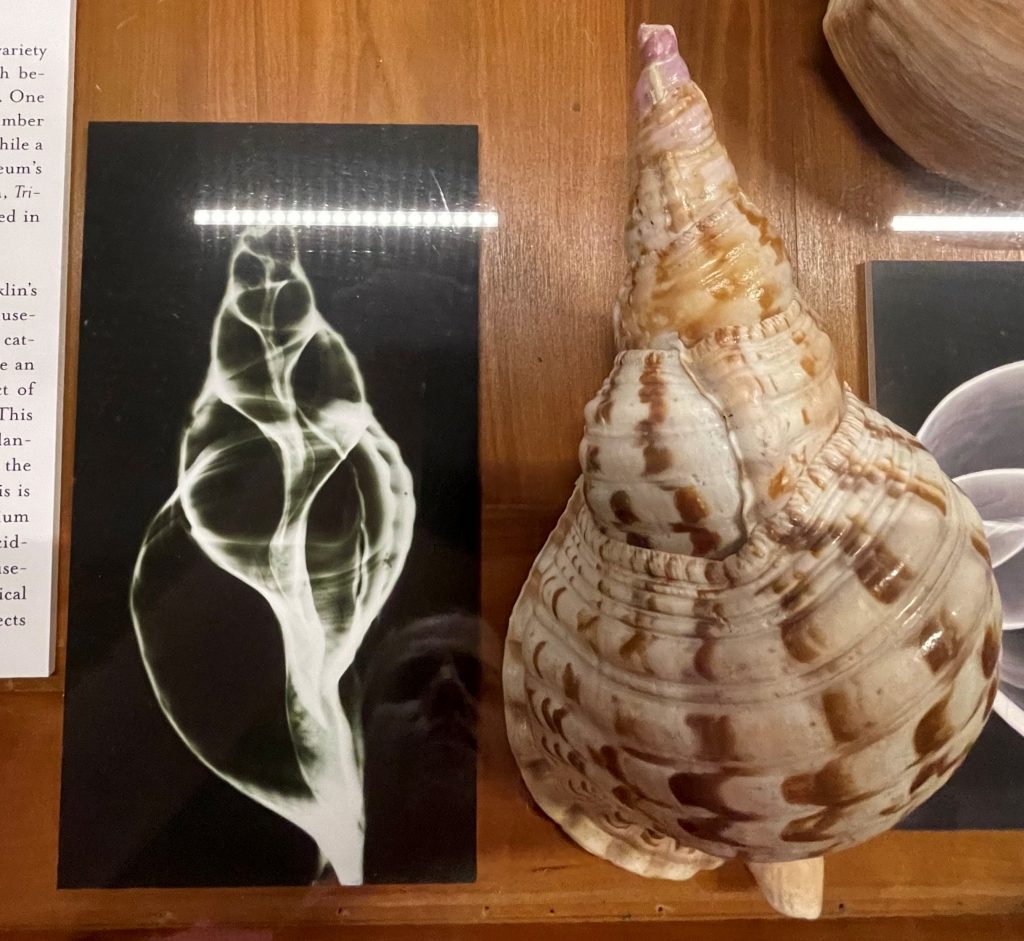
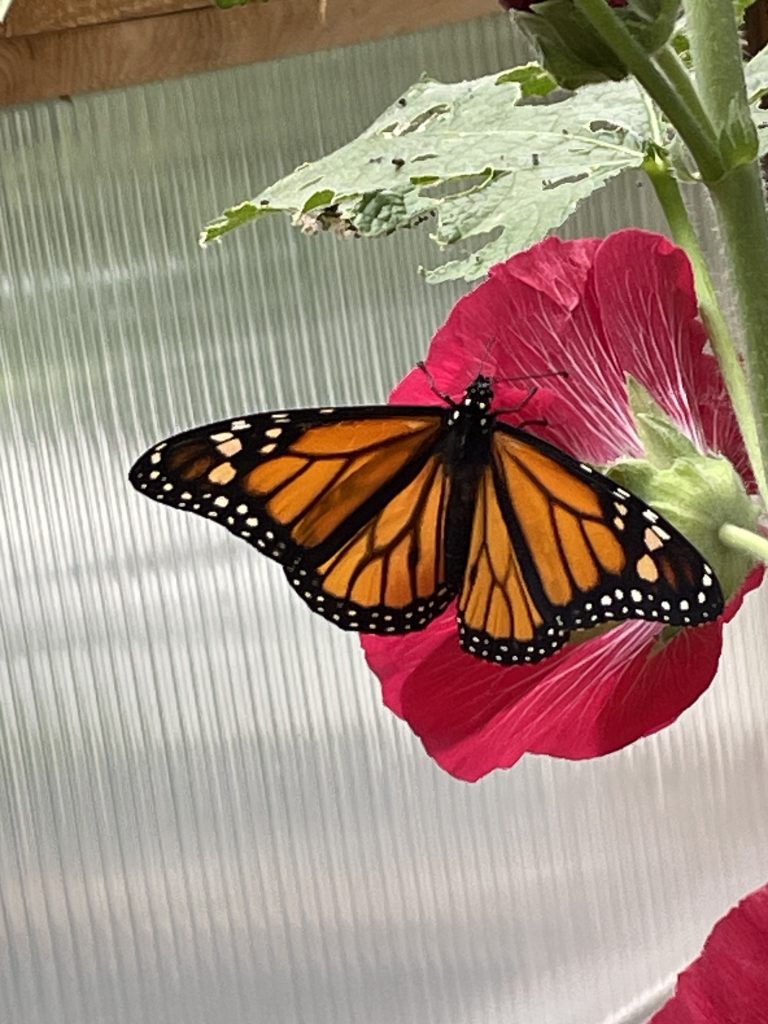
We stopped in at the unique Museum of Everyday Life, in Glover, Vt. I enjoyed it much less than I thought I would, and of course Doug enjoyed it much more than me. The art is made of everyday objects, and is also meant to imagine a concept from various angles, such as knots: a tie knot, surgical knot, macrame knot, etc. I mostly thought it was dusty and rather pedestrian. Doug thought it illuminated other ways of viewing the ordinary.
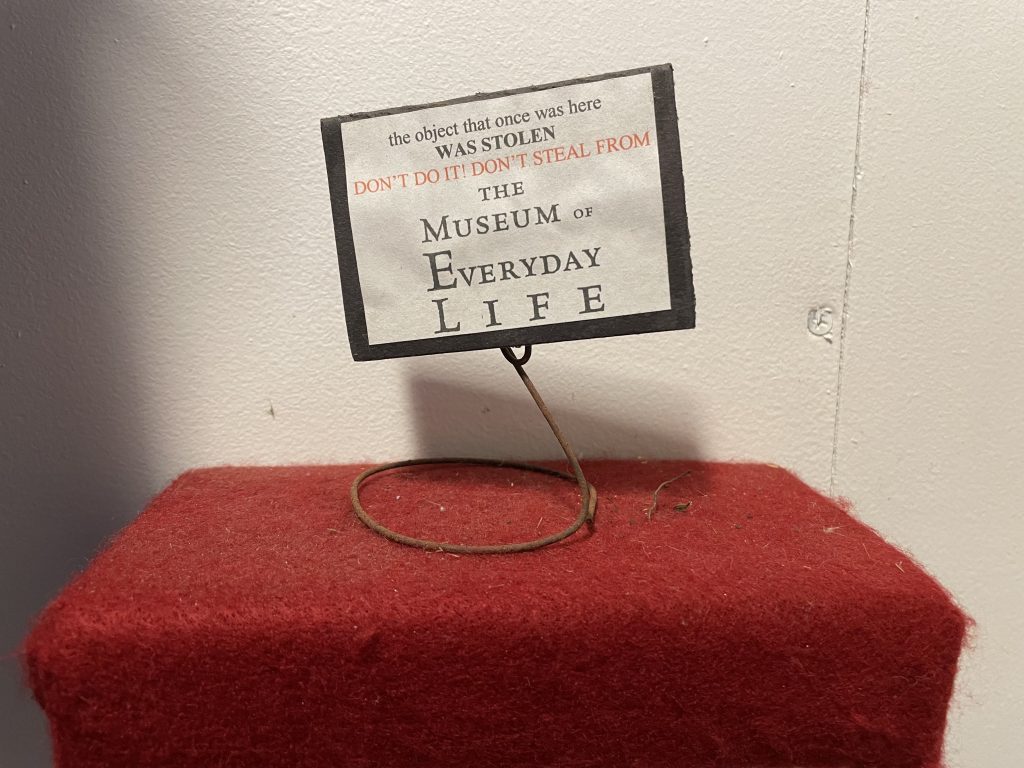
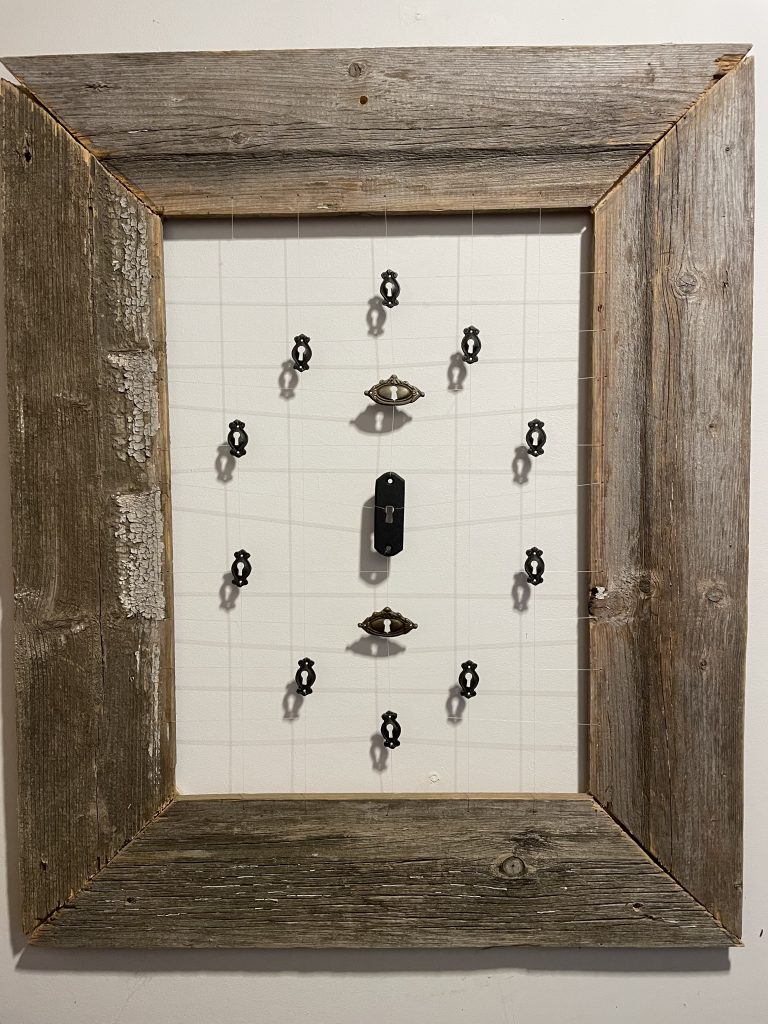
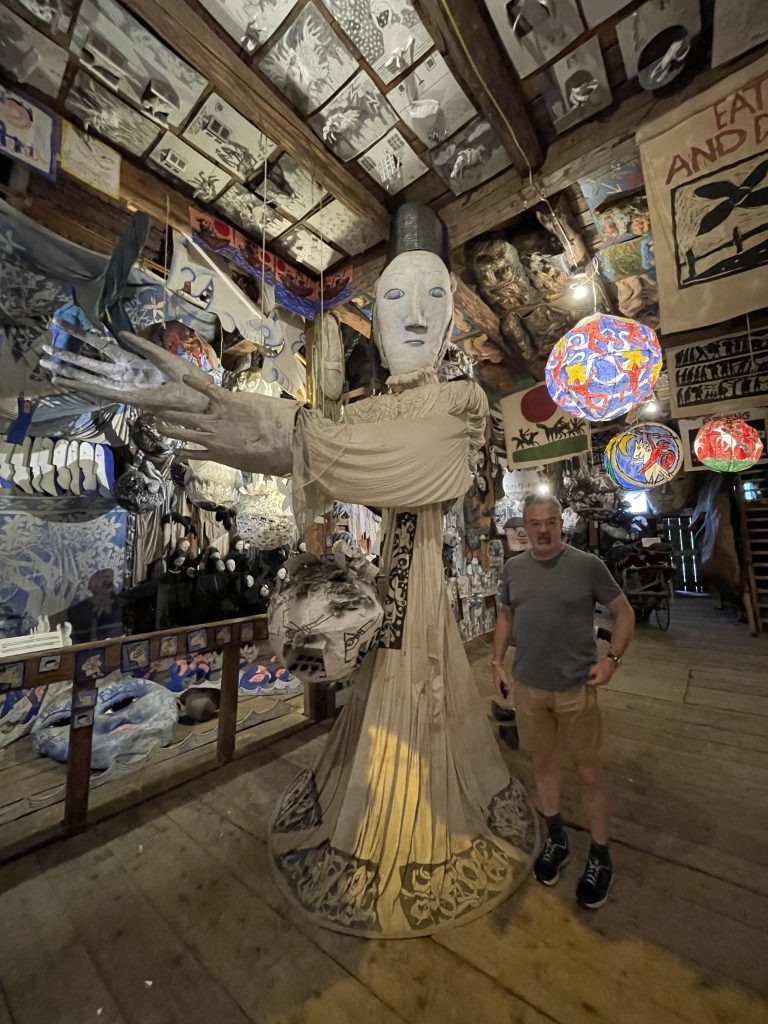
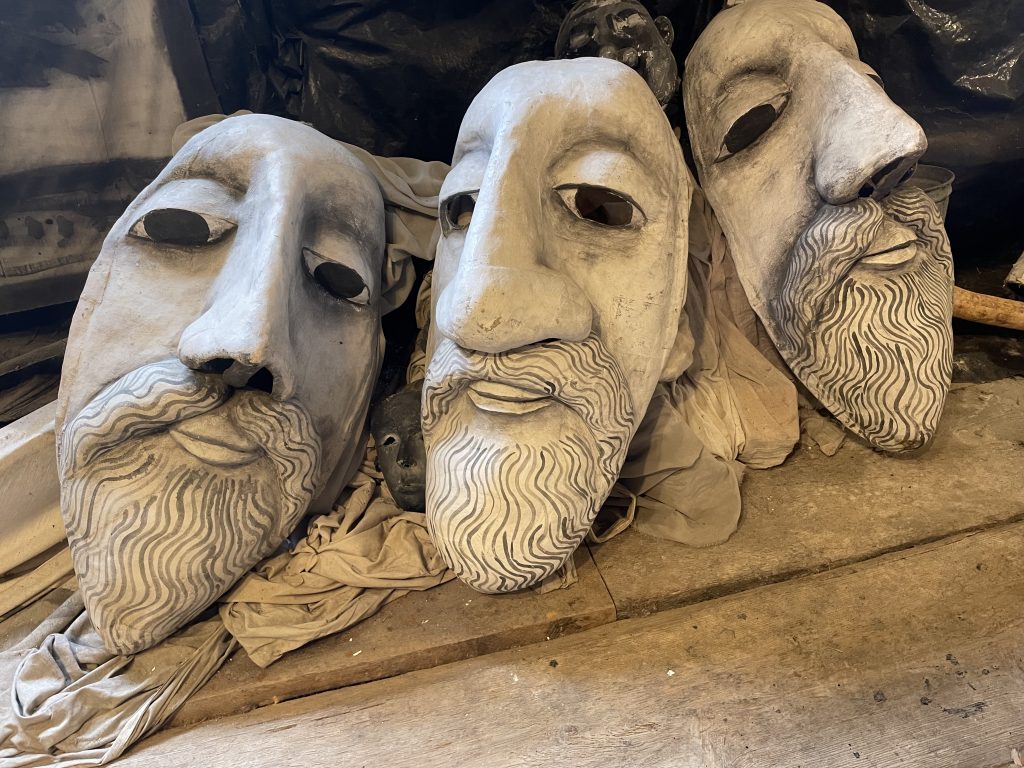
Wikipedia describes the Bread and Puppet Theater in Glover, Vt., as “a politically radical puppet theater,” so of course we stopped in to see it. It was a self-guided wander through years of old puppet props, many outlandishly large and over-the-top.
The theater began in 1963 and purposely operates on a shoestring budget, relying on cheap and volunteer labor, using donated and second-hand materials, and eschewing grants. (The cover photo of this post is from the museum.)
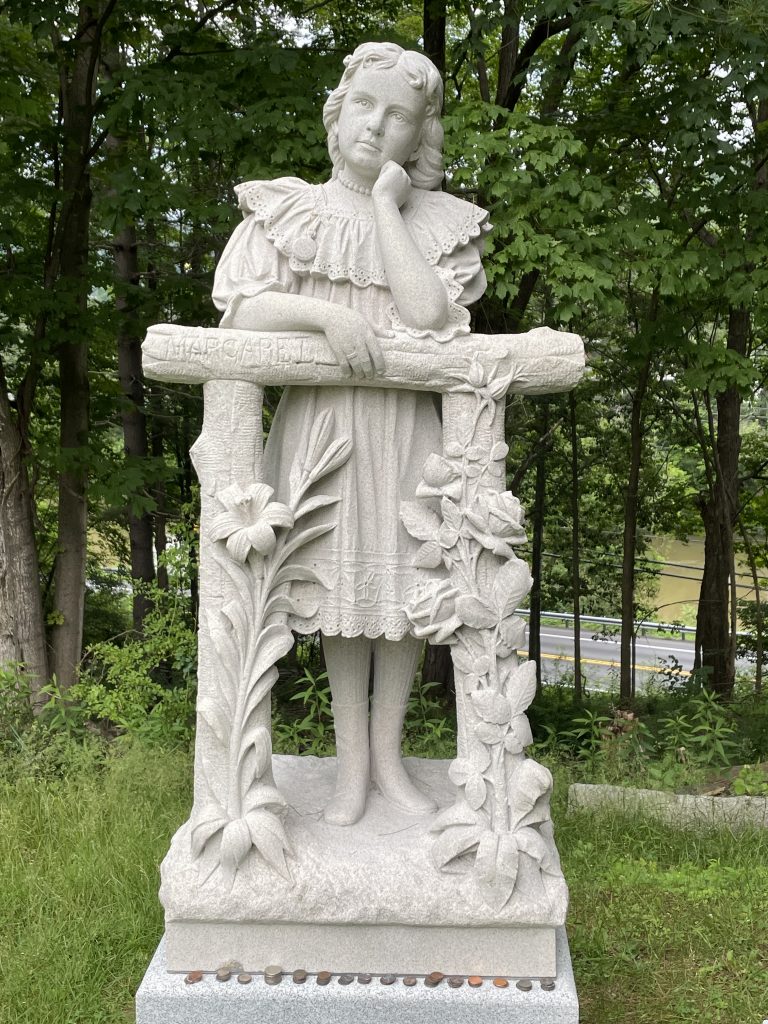
Vermont is known as the “Granite Capital of the World”, and we visited two cemeteries in Barre, Vt., known for their “funerary art.” The carving of granite creates a lot of dust, which when inhaled can cause the deadly respiratory disease Silicosis. Between the high death rate “in the industry” due to Silicosis, many granite carvers worked on their own headstones and markers. In Hope Cemetery, it is estimated that 75% of the markers sit above the person who carved them!
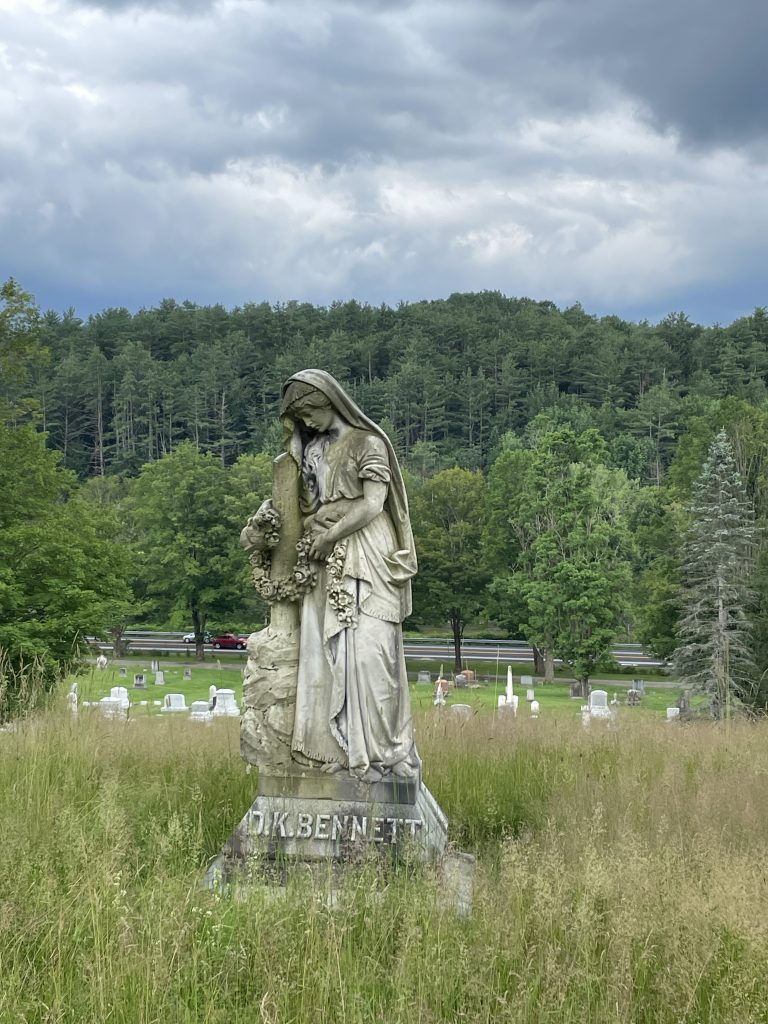
Given the aforementioned granite reputation of Vermont, we couldn’t leave without touring a granite quarry. The Rock of Ages Granite Quarry in — where else — Graniteville, VT., “is the largest operating deep-hole, dimension granite quarry in the world” (per their website). Our guide had worked in the quarry before retiring and coming back as a tour guide. Besides visiting the quarry, you can also overlook the factory floor, where multi-tons slabs of granite swing through the air.
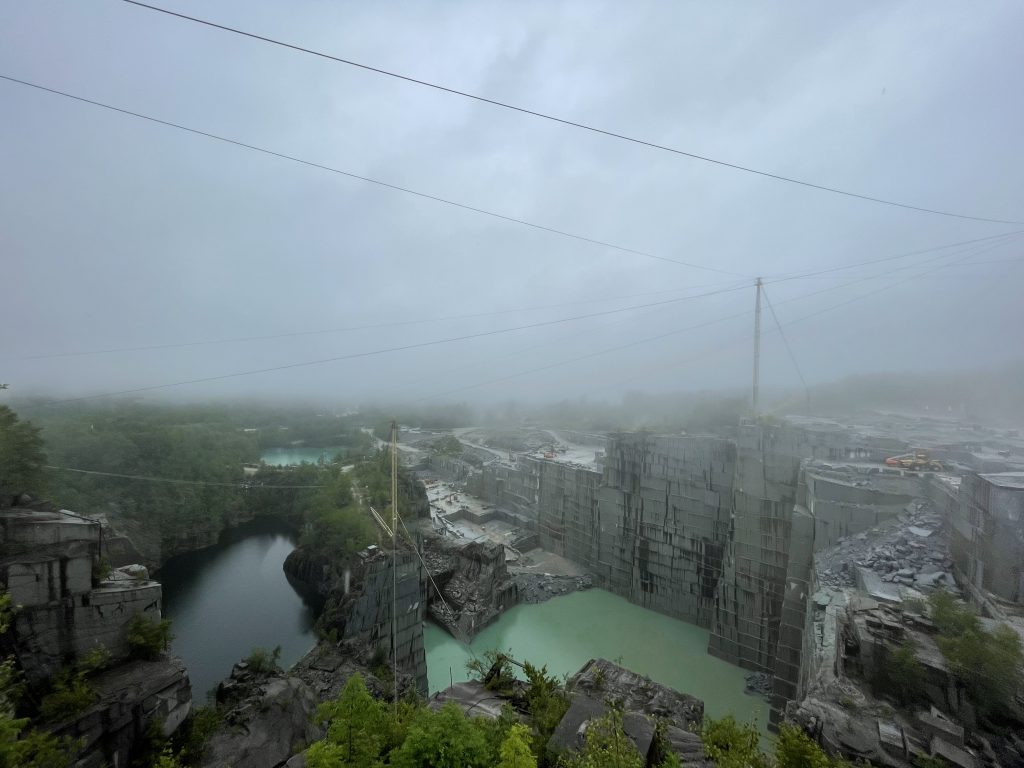
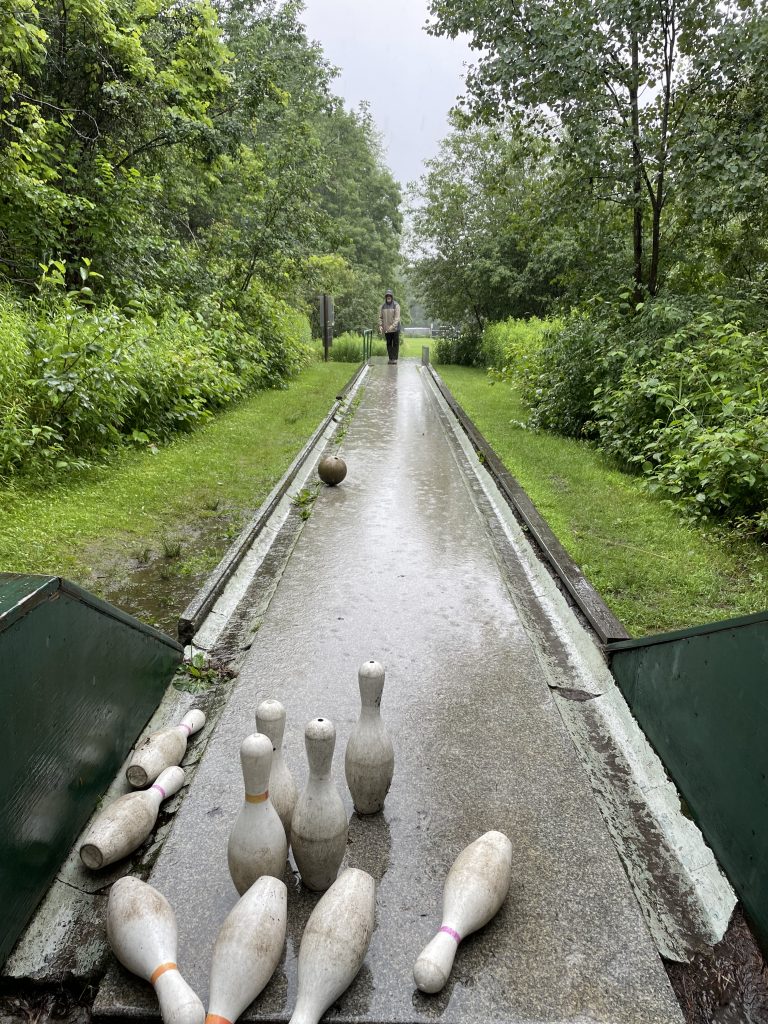
I listened to Pollyanna by Eleanor H. Porter; though it’s a children’s book, it is set in Vermont, and that’s all the excuse I needed.
While it was quite enjoyable — Pollyanna’s determination to find joy in even bad situations is something we can all learn from — it didn’t really illuminate anything about Vermont.
There are many sequels to the book, one written by Porter and the rest written by several other authors.

I listened to Pollyanna by Eleanor H. Porter; though it’s a children’s book, it is set in Vermont, and that’s all the excuse I needed.
While it was quite enjoyable — Pollyanna’s determination to find joy in even bad situations is something we can all learn from — it didn’t really illuminate anything about Vermont.
There are many sequels to the book, one written by Porter and the rest written by several other authors.




